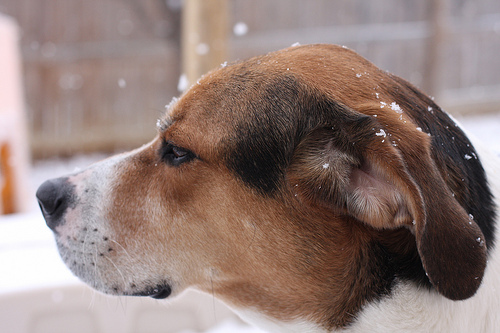I have some ImageNet 2012 images in JPEG. I was using two lines of simple code: imread and imwrite to convert them to png with different compression rates. However, I have noticed that:
If I use a low compression rate (e.g.,0), the output images will be all in the same size (while they have different sizes before processing by cv). Why this happened?
I know that png compression is lossless so by doing imwrite with different compression rates, I should obtain identical images (e.g., exactly the same pixel value in each pixel(i, j)). I validated this by using different image input pipelines and found it is true. However, I wonder if different compression rates can result in other different features beyond pixel values. (I doubt this since later on I was using two batches of png images which only differ in compression rates for a specific task and expecting they two could give similar results while they didn't.)
Thanks.


 Original JPEG image
Original JPEG image
 Resized and compressed with rate 9
Resized and compressed with rate 9
 Resized and compressed with rate 0
Resized and compressed with rate 0